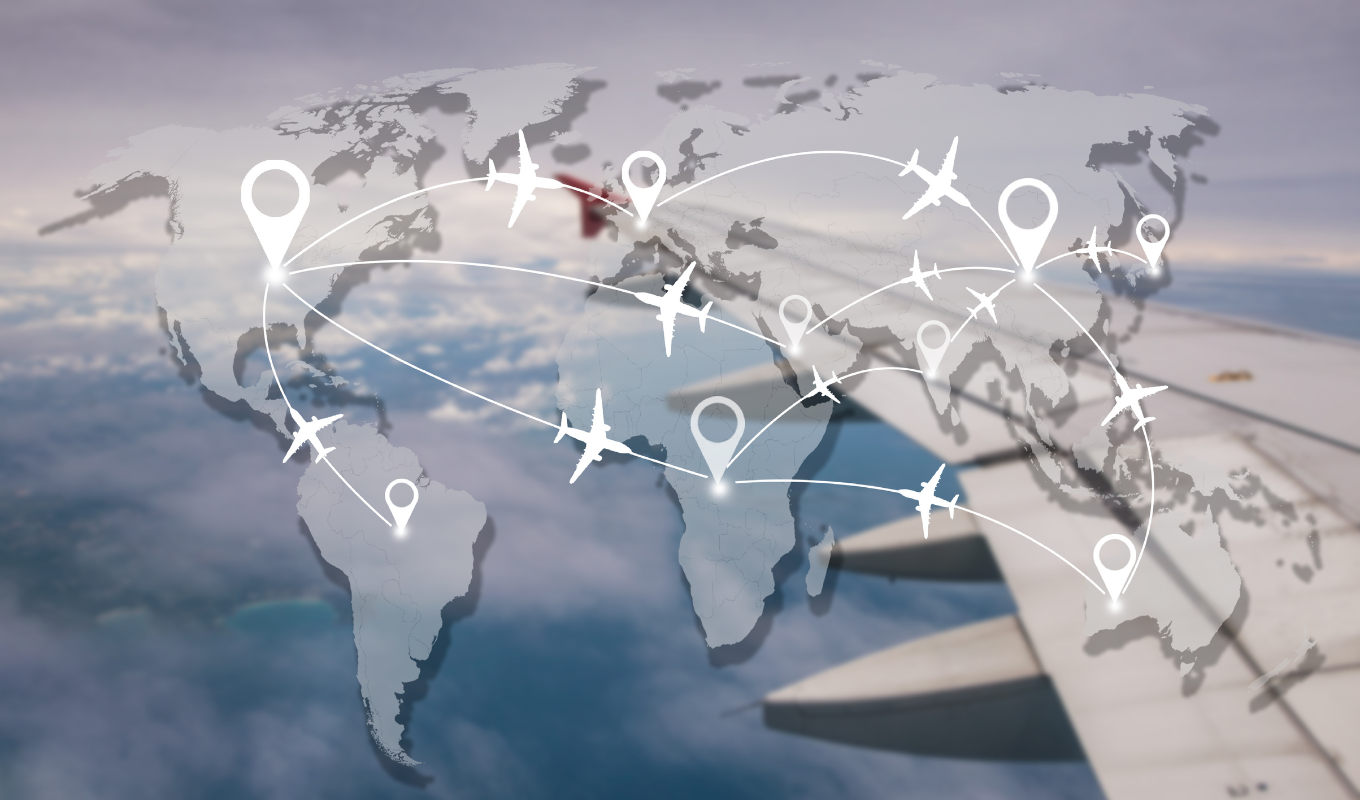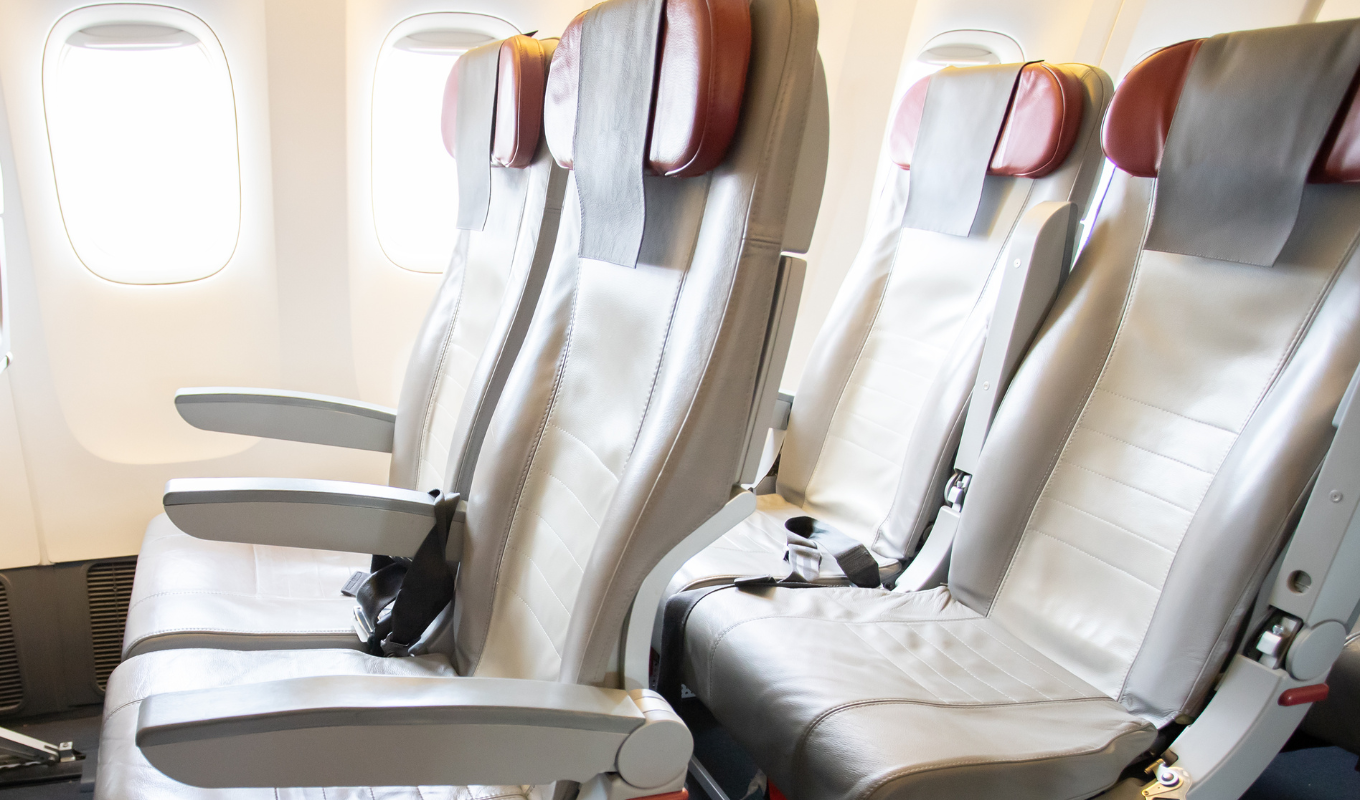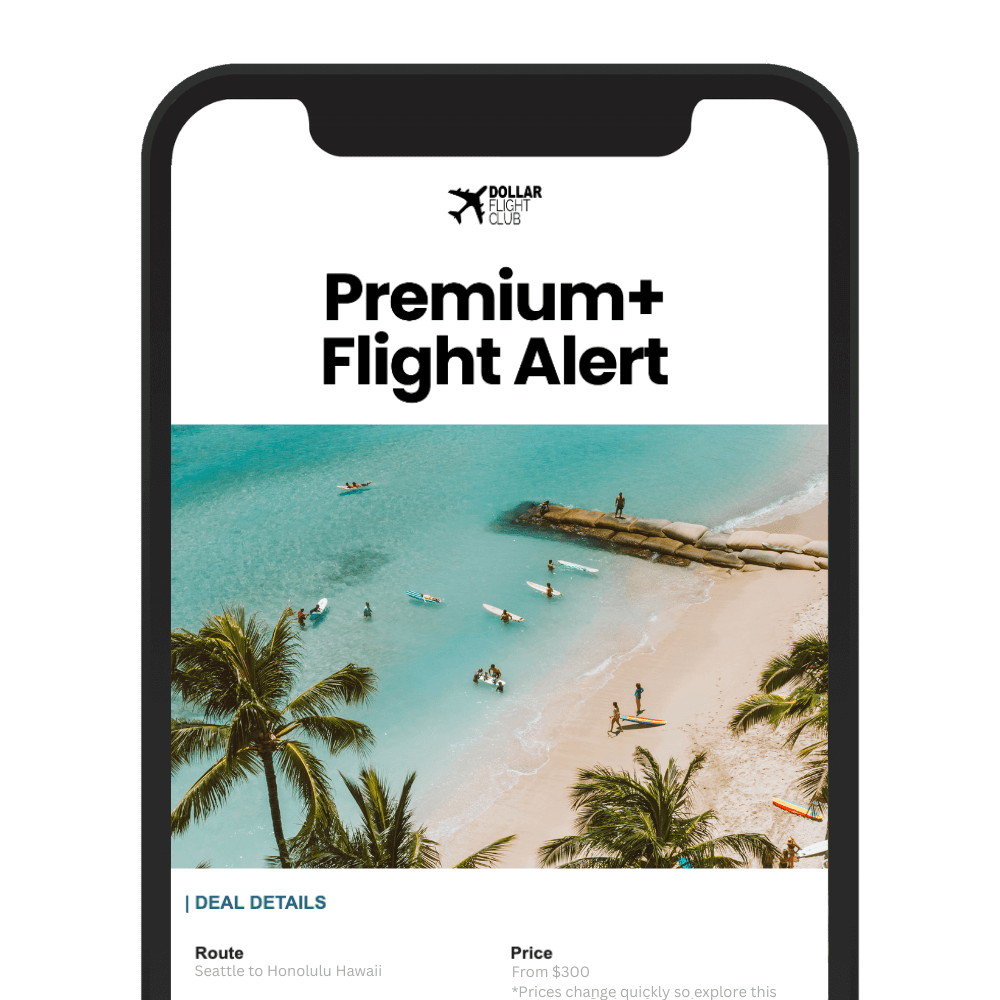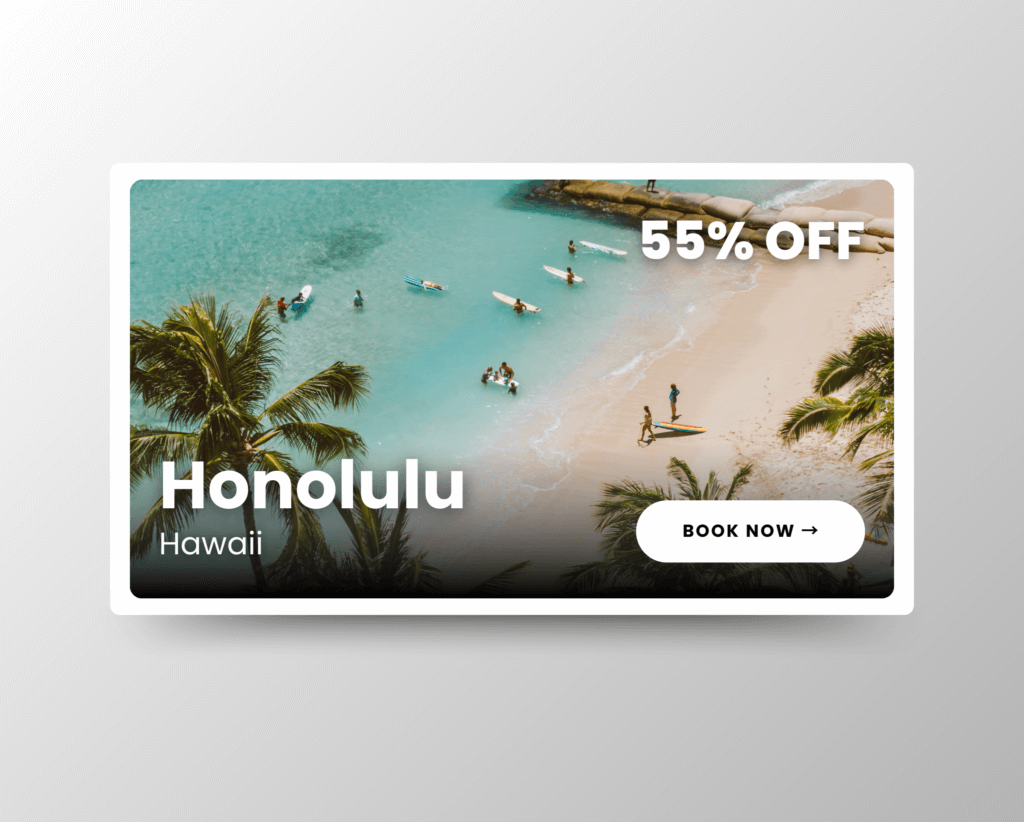Airline partnerships make travel easier and more affordable by connecting airlines worldwide. These partnerships let you book flights across multiple airlines with a single ticket, earn and redeem miles on partner carriers, and enjoy perks like lounge access and priority services. Here’s a quick breakdown:
- Three Major Alliances:
- Star Alliance: 26 airlines, 1,330 destinations.
- SkyTeam: 20 airlines, 1,100 destinations.
- Oneworld: 13 airlines, 900 destinations.
- Partnership Types: Codeshare agreements, joint ventures, and alliances offer varying levels of integration.
- Traveler Benefits: Broader networks, shared lounges, and loyalty rewards across airlines.
- Money-Saving Tips: Compare partner fares, use stopovers, and track deals for cheaper flights.
Airline partnerships not only expand travel options but also help you save money and maximize rewards. Keep reading to learn how to make the most of them.
Main Partnership Categories
Major Airline Alliances
Global air travel revolves around three dominant airline alliances that shape how passengers connect internationally:
- Star Alliance: With 26 member airlines, this alliance connects 1,330 destinations across 195 countries. Airlines like United Airlines, Lufthansa, and Air Canada contribute to its vast network, operating over 16,000 daily flights from more than 50 hub airports.
- SkyTeam: This group of 20 airlines serves 1,100 destinations in 184 countries. Delta Air Lines, Air France, and Korean Air are some of its key players, managing 10,770 daily departures and serving around 750 million passengers annually.
- Oneworld: With 13 member airlines, including American Airlines, British Airways, and Qantas, Oneworld connects travelers to 900 destinations in 170 countries.
These alliances form the backbone of global air travel, enabling additional partnership models to flourish.
How Codeshare Flights Work
Codeshare agreements are a cornerstone of airline partnerships. The concept dates back to 1967 when Hagerstown Commuter partnered with Allegheny Airlines. These agreements involve two main players:
- Marketing Carrier: The airline that sells the ticket.
- Operating Carrier: The airline that operates the flight.
Mileage accrual policies vary by alliance. For instance, Star Alliance usually credits miles based on the operating carrier, while Oneworld often credits them based on the marketing carrier.
Joint Business Agreements
For deeper collaboration, airlines often enter joint business agreements. These partnerships involve sharing costs and revenues on specific routes, creating a more seamless experience for passengers. Such agreements go beyond codeshares, offering enhanced service consistency and operational efficiency.
| Partnership Level | Integration | Benefits |
|---|---|---|
| Interline Agreement | Basic | Through-checked bags, rebooking support |
| Codeshare Agreement | Moderate | Broader network access, shared flight numbers |
| Alliance Membership | High | Reciprocal perks, shared lounges |
| Joint Venture | Complete | Coordinated pricing, shared revenues |
These agreements often focus on specific regions and require government approval. Despite the close collaboration, airlines maintain their individual branding and identity.
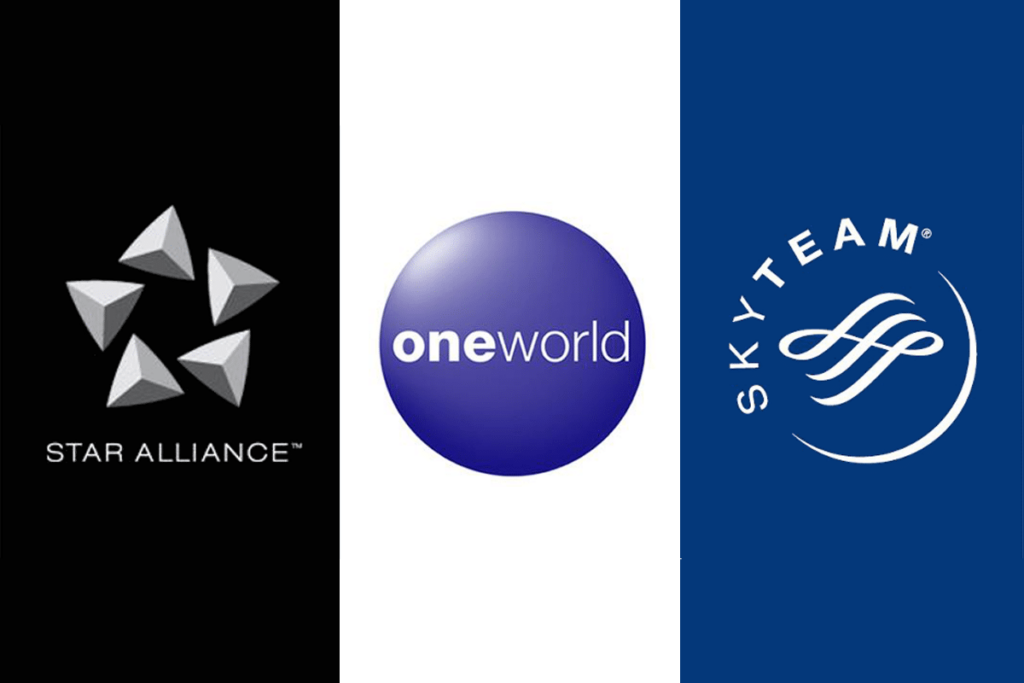
Using Rewards Programs with Partners
Rewards programs can take your travel experience to the next level by connecting miles, elite status, and financial perks across airline partnerships.
Earning and Redeeming Miles with Partner Airlines
Partner airline programs let you earn and redeem miles across different carriers, but understanding the rules is key. Always include your frequent flyer number when booking or checking in to ensure your miles are credited to the right loyalty program.
Keep in mind, earning rates can vary widely depending on fare class and the specific partnership. Discounted fares, like basic economy, often don’t qualify for full mileage accrual. For example, Delta SkyMiles members can earn miles on Air Baltic flights when booked via delta.com, and those miles even count toward Million Miler Status.
| Factor | Action |
|---|---|
| Booking | Add your frequent flyer number |
| Missing Miles | Request retroactive credit |
| Partner Earning Rates | Compare before booking |
| Elite Qualification | Check criteria carefully |
Status Benefits with Partner Airlines
Airline alliances make elite status even more valuable by extending perks across partner carriers. Each major alliance offers a unique set of benefits based on your status level.
SkyTeam Elite Plus members (Gold, Platinum, or Diamond Medallion) enjoy perks like:
- Guaranteed reservations
- Priority security lanes
- Extra baggage allowance
- Access to lounges worldwide
- Priority baggage handling
- Preferred seating options
Meanwhile, Oneworld status holders get tiered benefits, with Emerald members receiving the most extensive privileges:
- Access to First and Business Class lounges
- Fast-track security clearance
- Additional baggage allowances
- Priority check-in and boarding
- Reserved seating preferences
Maximizing Airline Credit Card Partnerships
Airline credit cards can unlock valuable benefits, especially when paired with loyalty programs. To get the most out of these cards:
- Choose cards with transferable points.
- Take advantage of transfer bonus periods.
- Look for alliance-wide perks.
- Use points for premium cabin redemptions to maximize value.
For travelers planning complex routes, programs like Air Canada Aeroplan allow stopovers at multiple destinations for minimal extra points. When redeeming miles, always account for taxes and fuel surcharges. For instance, using American Airlines miles instead of British Airways can help you avoid higher fees.

Money-Saving Partnership Tips
Airline partnerships and rewards programs aren’t just about earning points – they can also help you cut travel costs. In fact, codeshared flights are often 8% to 17% cheaper than standard multicarrier options. Here’s how you can make the most of these partnerships to save money.
Finding Lower Fares on Partner Airlines
Fares on partner airlines tend to be about 5% cheaper than standard interline options. By taking advantage of the price differences between partners, you can uncover great savings. Here’s how:
Compare Multiple Partner Options
- Look at both the operating carrier’s website and the marketing carrier’s site for the same route. Prices can vary significantly.
- Check flights from nearby hub airports served by alliance partners. A short drive to a different airport might save you hundreds.
- Keep an eye on seasonal route changes, as these can lead to temporary fare drops.
Regional airlines, which often collaborate with major carriers, can offer fares up to 30% lower than those from larger airlines. These lower prices can also lead to discovering error fares and time-sensitive deals.
Tracking Special Deals and Error Fares
Exclusive deals and error fares are another way to save big through airline partnerships. For example, members of Dollar Flight Club can access partner airline deals that slash fares by up to 90%. The service monitors both economy and business class flights across partnerships, sending real-time alerts for price drops and errors.
To maximize your chances of snagging these deals, try these strategies:
- Set price alerts for your preferred routes.
- Travel during off-peak periods when fares are often lower.
- Watch for alliance-wide promotions, which can significantly reduce costs.
- Regularly check partner airlines’ award calendars for discounted flights.
- Be open to flying out of alternative departure cities.
These approaches can help you spot and secure incredible savings before they disappear.
Multi-Stop Trip Planning
Planning multi-city trips through partner airlines can be another effective way to reduce costs. Booking all segments under one alliance and strategically routing your trip can lower overall travel expenses by up to 30% compared to purchasing separate tickets.
Route Optimization Tips
- Pick connecting points that make sense geographically to avoid unnecessary backtracking.
- Use partner hub airports to find more flight options and better prices.
- Turn layovers into stopovers to explore additional destinations without increasing your ticket cost.
- Whenever possible, book all segments with one alliance to simplify your itinerary and maximize savings.
| Planning Element | Potential Savings | Key Consideration |
|---|---|---|
| Partner Codeshares | 8-17% | Compare operating vs. marketing carrier |
| Regional Airlines | Up to 30% | Check alliance partnerships |
| Multi-City Routing | Up to 30% | Leverage hub connections |
Flexible itineraries can save travelers around 30% on total costs. When planning multi-stop trips, think about the climates of your destinations to avoid overpacking and extra baggage fees. Plus, look for ways to extend layovers into stopovers at no additional cost. These small adjustments can add up to big savings.

Key Takeaways
Airline partnerships play a major role in global travel, accounting for 43% of seating capacity while cutting operating costs by as much as 15% through shared resources.
Core Partnership Benefits
By teaming up, airlines can extend their networks without needing to invest in new planes. For example, Star Alliance saves roughly $500 million annually through joint purchasing efforts.
Smart Ways Airlines Save Money
Strategic partnerships go beyond the basics to unlock even bigger cost savings. Recent additions to alliances, like Virgin Atlantic and SAS joining SkyTeam, have made affordable fares even more accessible. For travelers, this means more opportunities to snag deals. Dollar Flight Club members, for instance, benefit from these partnerships by accessing exclusive offers across alliance networks.
Maximizing Status and Benefits
Elite status perks can vary widely between alliances. Take Star Alliance Gold, for example – it grants access to more lounges than any other airline group. When booking flights with partner airlines, here are some important factors to keep in mind:
| Factor | Impact | What to Do |
|---|---|---|
| Hub Locations | Affects route options | Pick connections that fit your plans |
| Award Pricing | Impacts miles value | Compare redemption rates carefully |
| Elite Benefits | Enhances travel perks | Match benefits to your travel style |
FAQs
How do I choose the right airline alliance for my travel needs?
Choosing the right airline alliance comes down to your travel patterns and personal preferences. Start by thinking about the destinations you visit most frequently and the airlines you tend to fly with. For instance, if Europe is a regular stop for you, alliances like SkyTeam or Star Alliance could be a solid choice, thanks to their extensive coverage in that region.
Then, take a closer look at the perks each alliance provides. These might include mileage earning and redemption opportunities, access to airport lounges, and priority services like faster boarding or expedited baggage handling. Match these benefits to your travel habits to ensure you’re getting the most out of your membership. Picking an alliance that fits your needs can lead to smoother trips and better rewards.
What’s the difference between codeshare agreements and joint ventures in airline partnerships?
Codeshare agreements and joint ventures are two types of airline partnerships that aim to benefit both airlines and travelers, but they operate quite differently.
A codeshare agreement lets two airlines share the same flight. One airline operates the flight, while the other sells tickets for it under its own flight number. This setup gives passengers more route options and simplifies booking. However, the airlines involved don’t share costs or profits.
A joint venture (JV) goes much further. In a JV, airlines team up on specific routes, splitting costs, revenues, and sometimes even coordinating schedules. These partnerships require regulatory approval and are designed to provide travelers with a more streamlined and integrated travel experience.
While both arrangements improve connectivity, joint ventures demand a much deeper level of collaboration compared to codeshare agreements.
How can I make the most of my elite status when flying with partner airlines?
To make the most of your elite status when flying with partner airlines, it’s crucial to understand the benefits tied to your specific membership level. Elite perks often include priority boarding, free checked bags, lounge access, and bonus miles when traveling with partner carriers. In some cases, you might even qualify for complimentary upgrades, depending on the airline and your status.
Since benefits can vary between partner airlines, it’s worth taking the time to review what each one offers. For instance, some airlines provide priority check-in and expedited security screening for elite members flying on partner routes. Another great tip? Look into status match opportunities – these can extend similar perks across multiple loyalty programs, giving you even more ways to enhance your travel. With a bit of planning and a clear understanding of your benefits, you can ensure smoother, more enjoyable trips every time.

